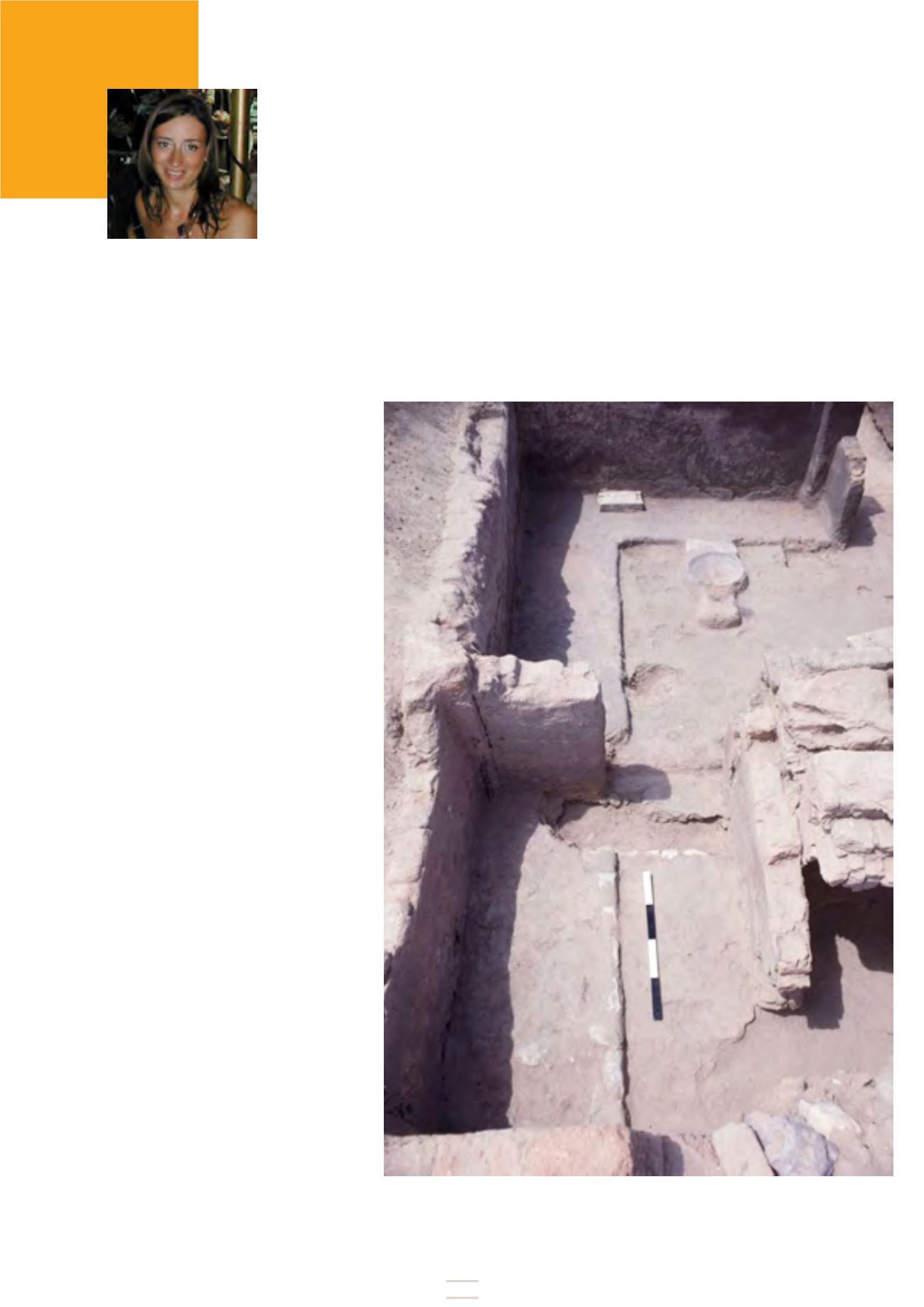

10
INTERVIEWwith BARRY JOHN KEMP
thirty five years of investigation in ancient Akhetaten
EGITTOLOGIA
Tiziana
Giuliani
I recently participated in a conference in
Bagno di Romagna where the speaker was
a truly outstanding personality in the study
of Ancient Egypt: Professor Barry John
Kemp. I had already had the opportunity to
meet him personally a few years ago and
can still recall the excitement I felt about
our discussion. So, when I learnt that Pro-
fessor Kemp was due to participate in ano-
ther conference about the city of Amarna
and its people, even if far away from where
I live, I decided to go. I could not miss this
opportunity. Upon arriving at the event I
was delighted to discover that this famous
Egyptologist was already there, at the con-
ference room at the Palace. I approached
him and even though I already knew how
approachable he is, I was still very happy
when he was willing to talk again at that
moment. I mentioned that I am a staff
member of MediterraneoAntico Magazine
and that I could not miss the opportunity
to ask for the honor of having an interview,
to which he kindly agreed. Then I left him to
his duty, the conference began and, as fo-
reseen, his stories and images enchanted
all the attendees. I went home feeling exhi-
larated and already thinking about the que-
stions I could ask Professor Kemp. With
their excavations at the site of Tell el Amar-
na (ancient Akhetaton), Professor Kemp
and his team have brought to light a num-
ber of new archaeological sites, providing
new perspectives to the study and under-
standing of this ancient city. Professor
Kemp is an eminent world famous Egypto-
logist, professor emeritus at the University
of Cambridge and Director of the Amarna
Project. In 1992 he was nominated a Fellow
of the British Academy (FBA) and recently,
in 2011, he has been appointed by the
Workmen’s Village house, Gate Street 8. At the top is the main living-room, with a low bench set close
to a pottery hearth. The upturned limestone table is as found. The right centre is occupied by the re-
mains of a brick staircase that led to an upper floor. To the left is a smaller room, perhaps a bedroom
with low sleeping-platform.


















